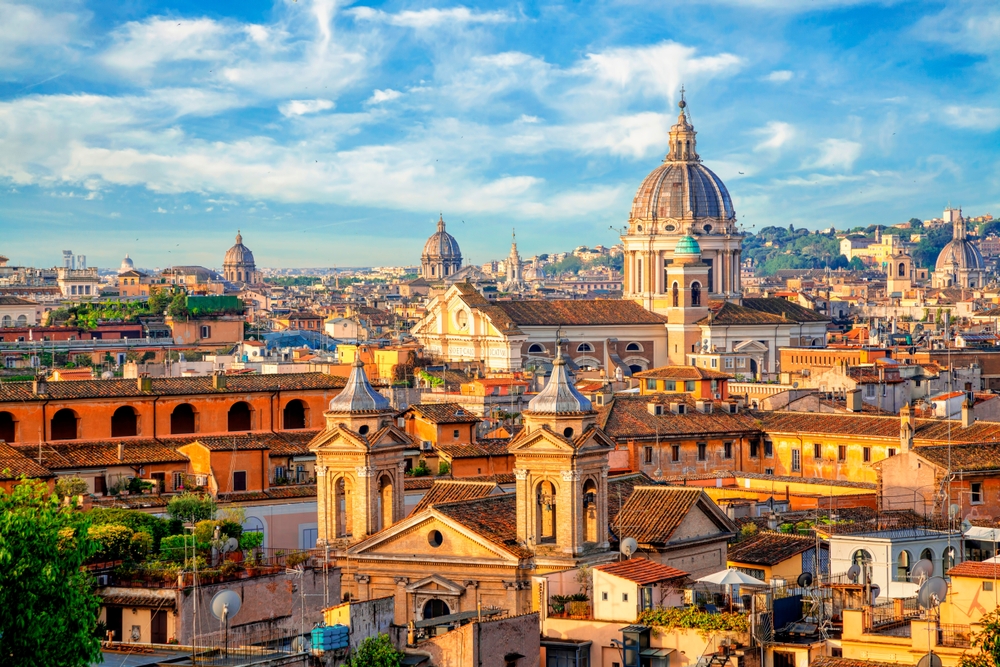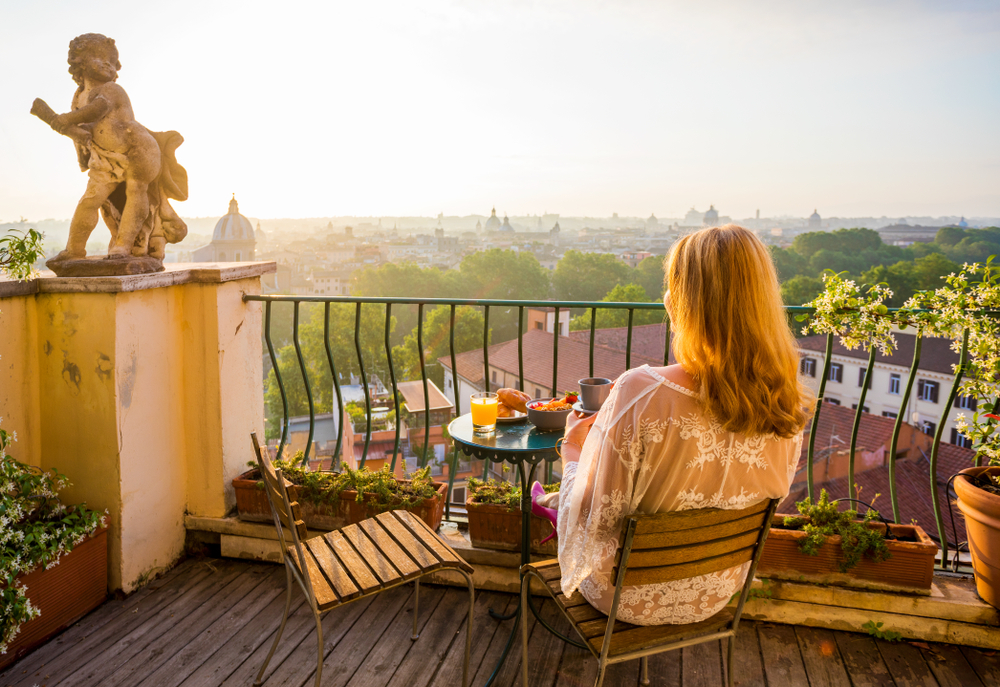Public Transport and Metro in Rome: Fares, Tickets ...
Rome Travel Guide: Local Tips for your Trip
This comprehensive guide is your gateway to discovering the timeless allure and vibrant culture of Rome.
From your arrival to lodging, dining, must-see attractions, and insider tips, you'll find everything you need to plan an unforgettable trip to the Eternal City.
What You Need to Consider Before Visiting Rome in 2025
The Jubilee Year has officially begun, and Rome is experiencing a significant rise in tourism, with millions of pilgrims and visitors arriving to take part in this special event. While many restoration projects have been completed, some landmarks may still have ongoing works or partial restrictions as final touches continue.
To make the most of your visit, it’s highly recommended to book popular tickets—such as Vatican Museums and Colosseum tickets—well in advance. Accommodation and dining spots are also in high demand during this period, so securing reservations early is essential for a smooth and enjoyable experience.
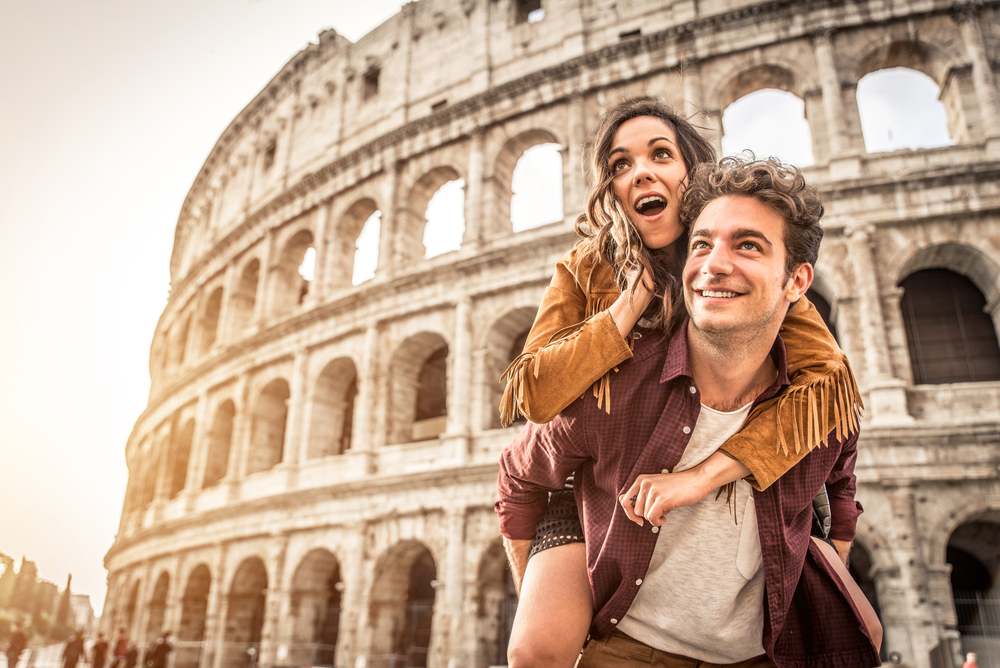
Where is Rome Located?
Rome, the capital of Italy, lies along the Tiber River in central-western Italy, within the Lazio region. Spanning 496 square miles, Rome is Italy’s largest city and home to 2.8 million residents, with a metro area population of 4.3 million. Known for its rich history and cultural landmarks, Rome boasts iconic sites like the Colosseum, Roman Forum, and Vatican City, along with charming piazzas and fountains that reflect its storied past and vibrant present.
Quick Facts about Rome, Italy
- Name: Roma (Italian)
- Region: Lazio
- Coordinates: 41.89023° N, 12.492313° E (Colosseum)
- Area: 496 square miles (1285 square kilometers)
- Altitude: 69 feet (21 meters)
- Districts: 15 administrative districts
- Population: 2.8 million (city), 4.3 million (metro area)
- Top Attractions: Colosseum, Roman Forum, Vatican City (St. Peter’s Basilica, Sistine Chapel), Pantheon, Trevi Fountain, Spanish Steps, Piazza Navona
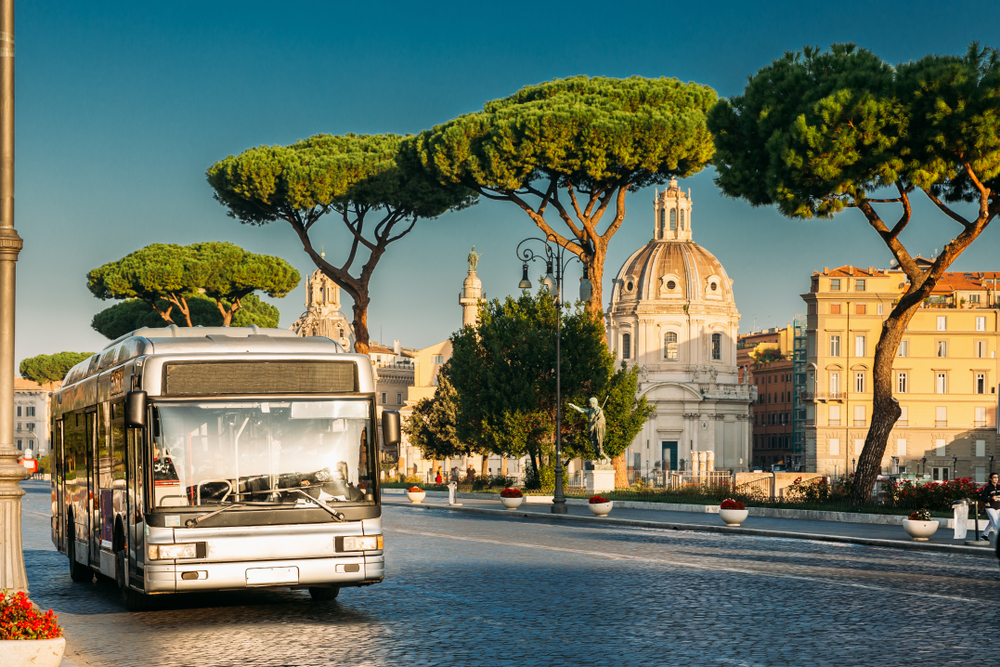
Getting to Rome
Rome, the Eternal City filled with ancient wonders and vibrant Italian culture, is easy to reach via multiple convenient transportation options, each offering a unique approach to this captivating city.
Whether you’re flying in, traveling by train, or arriving by bus, reaching Rome is part of the experience. Here’s am overview to help you navigate your way to Italy's historical capital:
Transportation Options:
Arriving in Rome
Arriving and Getting Around in Rome

History of Rome
Rome's history spans over two millennia, starting with its legendary founding in 753 BC by Romulus and Remus.
The city evolved from the Roman Kingdom to the Republic, which saw significant territorial expansion and internal strife, culminating in the establishment of the Roman Empire in 27 BC under Augustus.
This era, known as the Pax Romana, brought about a period of peace, cultural achievements, and architectural marvels. However, political instability and external invasions led to the decline and fall of the Western Roman Empire in 476 AD. Today, Rome's historical landmarks offer a glimpse into its rich and complex past.
Architecture in Rome
Roman architecture is celebrated for its innovative use of concrete, arches, and the incorporation of Greek aesthetics, which allowed for the construction of vast and durable structures.
Iconic buildings such as the Colosseum, Pantheon, Roman Forum, and Trajan’s Market exemplify the grandeur and engineering prowess of Roman architects.
These structures were not only functional but also symbolic of the empire's power and cultural influence. Roman architectural principles continue to inspire modern design, demonstrating the enduring legacy of Rome’s construction techniques and artistic vision.

Must-See Roman Attractions in Rome
Unmissable Experiences in Rome
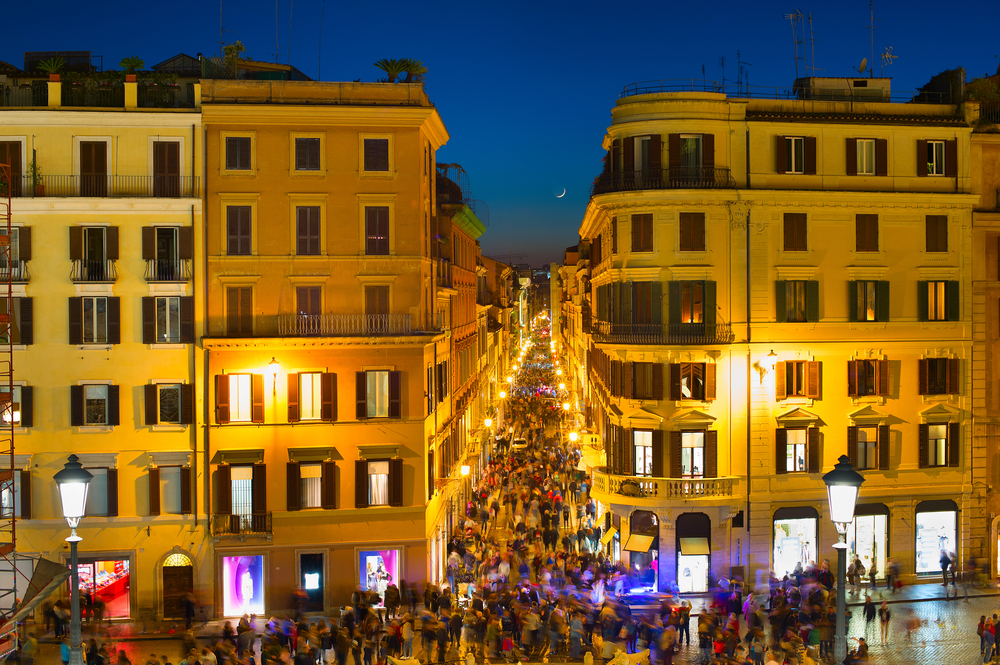
Modern Culture in Rome
Rome's modern culture is a dynamic blend of its ancient heritage and contemporary lifestyle. Romans are proud of their history, which is visible in their daily lives through festivals, reenactments, and a strong sense of community.
The concept of "la dolce vita" is deeply ingrained in Roman culture, emphasizing the enjoyment of life’s simple pleasures, from savoring a cup of espresso to leisurely meals with family. The city is also a hub for fashion, contemporary art, and vibrant festivals, making it a place where the past and present coexist harmoniously, offering visitors a truly immersive cultural experience.
Here is a deep dive into modern culture in Rome:
Going out at Night in Rome
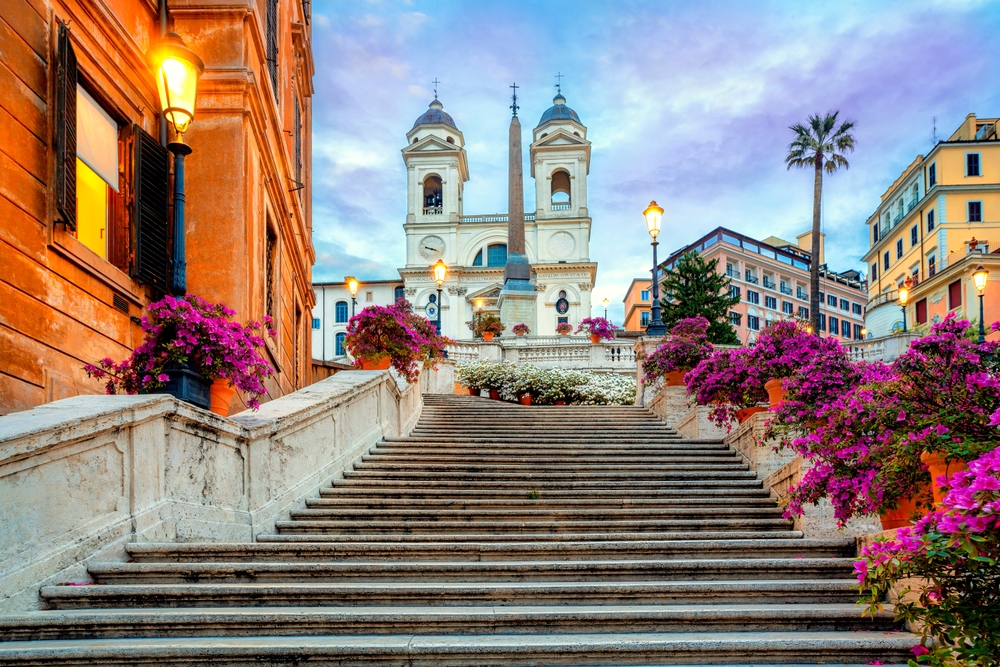
When is the Best Time to Visit Rome?
The best time to visit Rome depends on your preferences for weather, crowds, and activities:
Public Holidays and School Breaks
Public holidays and school breaks, especially the summer break, can significantly impact crowds at popular attractions, opening hours,
accommodation prices, and even accessibility of certain areas.
If you don't like large crowds of people, we recommend visiting Rome outside these times if possible. On the other hand, public holidays can offer festive atmospheres and cultural events. The choice is yours! Here’s an overview of major holidays in Italy:
- New Year's Day (January 1st)
- Epiphany (January 6th)
- Liberation Day (April 25th)
- International Workers' Day (May 1st)
- Republic Day (June 2nd)
- Assumption of Mary (August 15th)
- All Saints' Day (November 1st)
- National Unity and Armed Forces Day (November 4th)
- Christmas Day (December 25th)
- St. Stephen's Day (December 26th)
School holidays in Italy vary slightly by region, but generally follow a national calendar with breaks in:
- Christmas and New Year (around two weeks)
- Easter (one week)
- Summer break (late June to early September)
How Much Time Should I Plan to Visit Rome?
- 2-3 Days: Perfect for a quick overview of Rome's major attractions like the Colosseum, Vatican City, and Trevi Fountain.
- 4-5 Days: Allows for a more relaxed pace to explore additional sights such as museums, neighborhoods, and day trips to nearby towns like Tivoli.
- 6+ Days: Ideal for a deep dive into Rome’s history, culture, and local experiences, including off-the-beaten-path attractions, culinary classes, and more leisurely exploration.
Plan your itinerary based on your interests, ensuring you have enough time to experience both the highlights and the hidden gems of Rome.
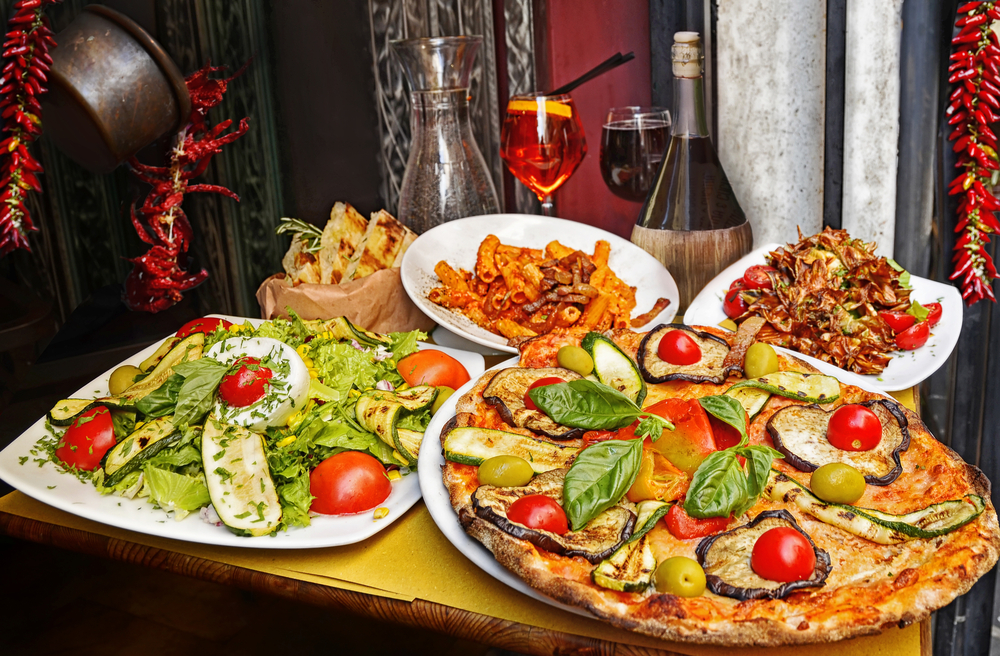
Eating Out in Rome
Rome's culinary scene is a feast for the senses, offering everything from rustic trattorias to upscale restaurants. Enjoy authentic Roman dishes like pasta carbonara and cacio e pepe, along with wood-fired pizzas and fresh seafood.
The city’s food culture celebrates fresh, seasonal ingredients and time-honored recipes, making every meal a memorable experience. Dining out in Rome is not just about eating, but savoring the ambiance and tradition of Italian cuisine, whether at a casual cafe or a fine dining establishment with panoramic city views.
Fresh, Seasonal Ingredients
Roman cuisine emphasizes fresh ingredients from the local countryside, including artichokes, tomatoes, and Pecorino Romano cheese. Dishes are crafted to highlight natural flavors without heavy sauces, creating meals that are both delicious and authentic.
Simplicity and Balance
Roman dishes focus on a few quality ingredients prepared with minimal fuss, allowing each flavor to shine. Expect robust, satisfying meals that are rooted in tradition yet always feel fresh.
Restaurants
For a true taste of Rome, seek out neighborhood trattorias and hidden gems away from the tourist trail. Some top recommendations include Trattoria Da Enzo al 29 in Trastevere, Roscioli near Campo de' Fiori, and Armando al Pantheon for traditional Roman fare with a modern twist.
Regional Specialties
Don’t miss Roman specialties like supplì (fried rice balls with mozzarella), saltimbocca alla Romana (veal with prosciutto and sage), and maritozzi (sweet cream-filled buns) for dessert. Pair these dishes with local wines from the Lazio region, which complement Rome’s bold flavors.
Coffee Culture
Coffee is an integral part of daily life in Italy, from quick espressos to leisurely cappuccinos, reflecting the nation's passion for quality and social connection. Roman cafes are ideal spots for people-watching and enjoying the lively street life. Try Sant’Eustachio Il Caffè, or La Casa del Caffè Tazza d’Oro, both conveniently located near the Pantheon.
Desserts
Rome’s dessert scene is indulgent and varied, with beloved sweets like tiramisù, and gelato. For a Roman twist, try crostata di ricotta (ricotta tart) or maritozzi con la panna—fluffy buns filled with fresh cream, often enjoyed at breakfast. Pompi near the Spanish Steps is famous for tiramisù, while Giolitti near the Pantheon is a must-visit for classic gelato flavors.
Aperitivo & Wine Culture
Rome’s aperitivo tradition invites visitors to unwind with a glass of Aperol Spritz or local wine like Frascati. Enjoy your aperitivo paired with small bites at iconic spots like Bar del Fico or Salotto 42, where you can experience the Italian ritual of relaxing and socialising before dinner.
Pizza in Rome
Roman pizza is distinct, with a thin, crispy crust and a wide range of toppings. Traditional varieties include pizza bianca (without tomato sauce) and pizza al taglio, sold by weight. Popular pizzerias like Pizzarium near the Vatican offer unique slice options, while Emma in Campo de' Fiori is renowned for its gourmet toppings.
Classic Roman Dishes You Must Try
- Carbonara: A beloved Roman pasta made with guanciale (cured pork cheek), eggs, Pecorino Romano cheese, and black pepper. For a memorable experience, try it at Roscioli Salumeria near Campo de’ Fiori or at Trattoria Da Enzo al 29, one of the best in the city!
- Cacio e Pepe: A simple yet flavorful pasta dish featuring Pecorino Romano and black pepper. Felice a Testaccio is renowned for this classic, serving it with a perfect creamy consistency.
- Amatriciana: Another Roman favorite, this pasta dish combines tomato, guanciale, and Pecorino Romano for a rich, savory experience. Flavio al Velavevodetto in Testaccio is famous for its authentic rendition.
Where and What to Eat in Rome?
Where to Stay in Rome
Choosing the right place to stay in Rome can greatly enhance your visit. The city center offers proximity to major attractions like the Colosseum and Vatican City, while neighborhoods like Trastevere and Monti provide a mix of history, charm, and modern amenities.
For those seeking luxury, areas near Piazza di Spagna and Prati offer upscale accommodations. Each neighborhood has its own unique character, from Bohemian vibes to quiet, residential streets, ensuring there's a perfect fit for every traveler’s taste and budget.
Here are Rome's most popular neighborhoods:
Recommended Hotels in Rome
Rome Shopping Guide
Rome is a fantastic shopping destination, offering a range of experiences from luxury boutiques on Via Condotti to local markets in Campo de' Fiori. Whether you’re looking for designer fashion, artisanal crafts, or unique souvenirs, Rome's shopping districts have something for everyone.
Discover handmade leather goods, exquisite jewelry, and gourmet Italian foods as you explore the city's vibrant shopping scene. Each area offers its own unique selection, making Rome a must-visit for any shopping enthusiast.
What You Should Buy in Rome
World-Famous Italian Items
Unique Items Exclusive to Rome
Travel Tips for Rome
When visiting Rome, it's important to respect local customs and practices.
Learn basic Italian phrases, dress appropriately when visiting religious sites, and be patient with Rome’s relaxed approach to punctuality. Understand local dining etiquette, such as paying first at cafes and not splitting bills in restaurants.
Be aware of local laws, like restrictions on sitting on historical steps and wearing proper attire in churches. By following these guidelines, you can avoid common faux pas and enjoy a respectful and engaging experience in Rome.
To ensure a smooth and unforgettable experience, especially if you are traveling during peak season, here are some key tips to get you started:
Plan and Conquer Online
- Book Early: Secure flights, trains, buses, and accommodation in advance to get the best deals.
- Transport Tickets: Purchase public transport passes like the Roma Pass for easy travel and access to attractions.
- Car Travel: Use parking garages and avoid driving in Rome due to narrow streets and traffic restrictions.
- Skip-the-Line Tours: Book skip-the-line tickets for popular attractions to save time.
- Local SIM Card: Get a local SIM card for navigation, translations, and staying connected.
- Free Wi-Fi: Use free Wi-Fi hotspots around the city with an Italian SIM card.
- Audio Guides: Enhance your experience with audio guides for self-paced tours.
- Carry Cash: Have some euros on hand for small shops and cafes.
Download Apps and More
- Useful Apps: Download apps for transport, maps, and tourist information to enhance your trip.
- City Maps and Brochures: Access downloadable maps and brochures for easy navigation.
Packing Tips
- Comfortable Shoes: Wear good walking shoes for exploring cobblestone streets.
- Layered Clothing: Pack layers for changing temperatures and a light raincoat.
- Summer Essentials: Bring sunscreen, sunglasses, and a hat for hot weather.
- Reusable Water Bottle: Stay hydrated by refilling at public fountains.
Accessibility
- Accessible Accommodations: Research and book accessible hotels in advance.
- Accessible Transport: Use accessible buses and pre-book taxis with wheelchair access.
- Navigating Historical Sites: Check accessibility details for each site before visiting.

